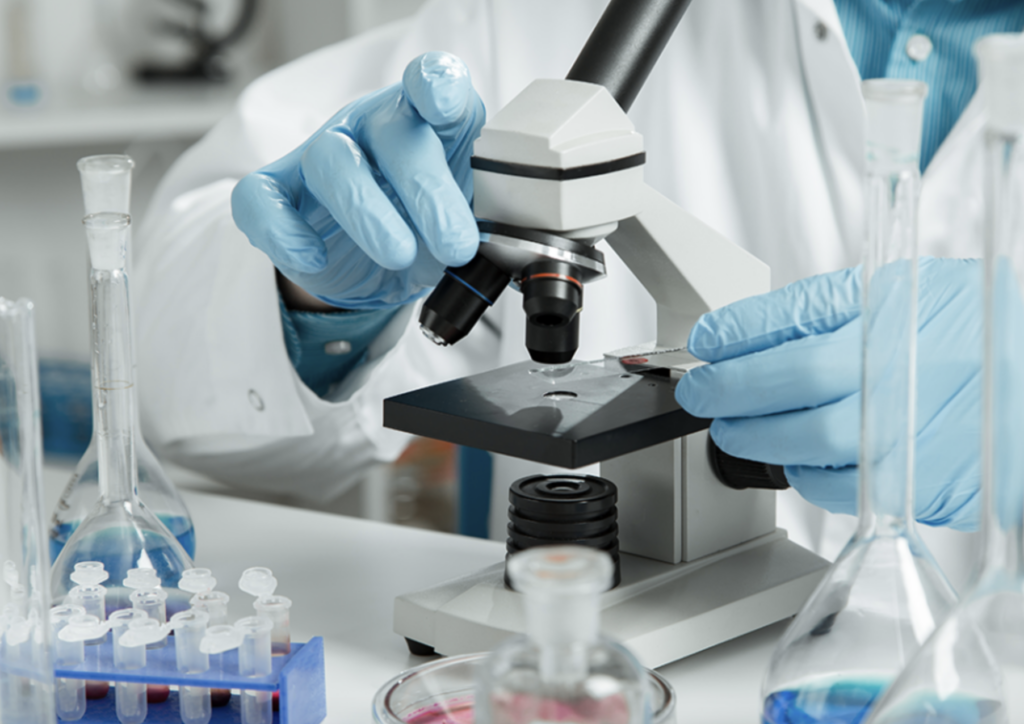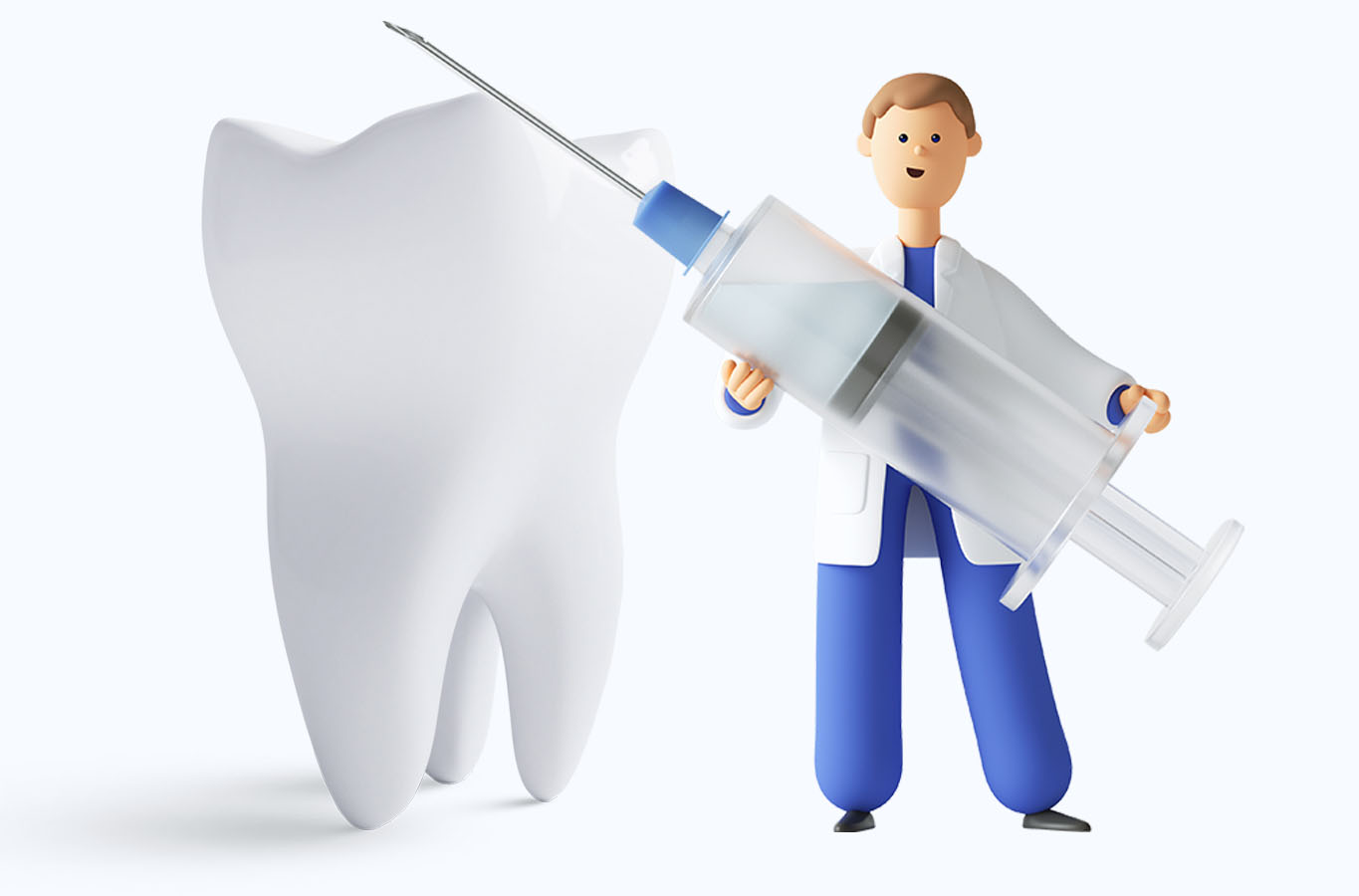

Introduction
There has been considerable discussion in the literature recently pertaining to the Bacterial Endotoxins Test, its significance and interpretation, and its comparison to the USP rabbit test. The topic was previously briefly addressed via Inspection Technical Guide No. 32, dated 1/12/79, with the subject: Pyrogens, Still a Danger.
Because of the increased acceptance and use of the Bacterial Endotoxins Test, ITG No. 32 is being updated.
The USP now recognizes two tests – The Pyrogen Test conducted with rabbits and the Bacterial Endotoxins Test, also termed the Limulus Amebocyte Lysate (LAL) Test. Additionally, the agency has approved the use of the Bacterial Endotoxins Test for many drug and device products. This ITG will focus on the significance and interpretation of pyrogen/endotoxin testing. Also sources and methods of depyrogenation will be discussed. The limitations of the rabbit pyrogen test should be recognized when reviewing systems during inspections of sterile drug and device manufacturers.

To detect or quantify endotoxin of gram negative bacterial origin using amoebocyte lysate from horseshoe crab (Limulus polyphemus or Tachypleus tridentatus)

Consequences of endotoxin contamination:
• Fever
• Headache
• Chills
• Nausea/Vomiting
• Hypotension
• Acute lung injury
• Miscarriage
• Death







